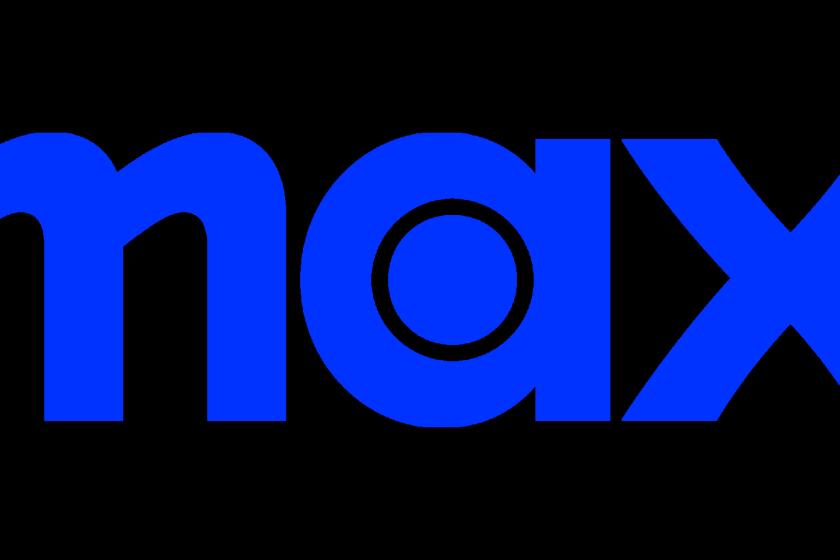Heartport Inc.
- Share via
Dr. Wesley Sterman makes a product that may not be a star in the television worlds of “ER” or “Chicago Hope,” but it sure is on Wall Street.
Sterman heads Heartport Inc., a Redwood City-based company whose products make possible major heart surgery that is minimally invasive.
In other words, there’s no dramatic cracking open of the chest with scene-stealing visuals of a beating heart.
What Heartport’s technology does is reduce pain and recovery time for the patient, which holds down overall costs. Nor does the patient come away from the procedure with a foot-long scar. (Small incisions are made between the ribs instead.)
Heartport began full-scale U.S. and European sales of its Port-Access systems in January and last week announced better-than-expected results for the first quarter.
The results, including net sales of $3.2 million, “indicate the growing demand for Port-Access technology,” Sterman said. “We are working closely with surgical teams to further expand the applicability of our Port-Access techniques, systems and devices to capture this significant market opportunity.”
The company is still bleeding red ink: It lost $11.9 million, or 49 cents a share, in the first quarter, because of costs incurred for its product launch. But Wall Street expects earnings to rocket in coming years.
The stock now trades at about $25 a share on Nasdaq, down from a peak of $43.75.
Heartport’s approach is controversial--as is a less radical heart surgery breakthrough also introduced this year by rival CardioThoracic Systems Inc. of Cupertino, which is No. 9 on The Times 100 Great Expectations list. Doctors are not sure if a revolution in heart surgery is underway, and the long-term results of the new techniques won’t be known for years.
Heartport’s devices are supposed to allow surgeons to achieve good results in a wide range of heart operations with reduced trauma.
Using Heartport’s tool kit of miniaturized devices, surgeons operate through small incisions, or “ports,” as small as 2 or 3 inches.
The heart is stopped and the patient is placed on a bypass machine while the surgeon repairs or replaces faulty valves or performs bypass surgery--often rerouting blood around a blockage in a coronary artery with a healthy artery from the patient.
About 650 cardiac operations have been performed using the technology, with more than 300 occurring in the first quarter of this year. Nearly 45% of the operations in the quarter involved multiple vessels, including triple- and quadruple-vessel procedures.
Heartport has trained 89 cardiac surgery teams to use the systems.



